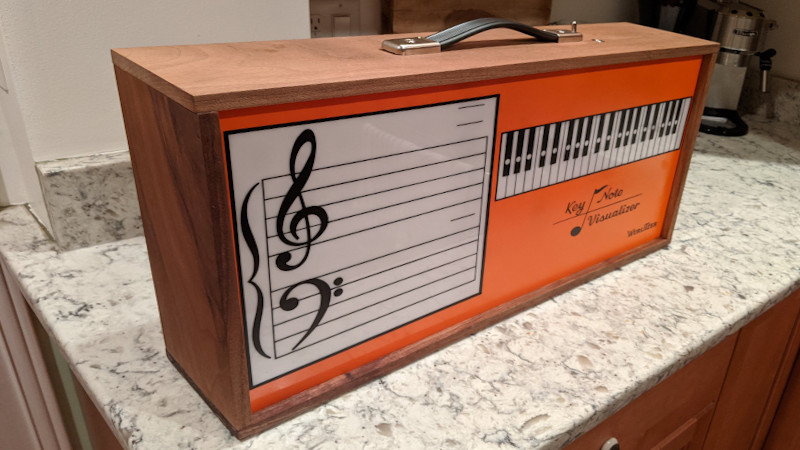Way back in the 1970s, when smog laws were choking American V8s and the oil crisis was in full swing, Wurlitzer released their Key Note Visualizer. Intended as a teaching aid, the device lit up keys on a keyboard graphic, allowing an organ player to visually demonstrate their performance to a class. [Guy Dupont] set out to replicate this hardware, but with a modern twist.
The build consists of an ESP-32, which accepts MIDI data over Bluetooth Low Energy. This is then used to light up a series of RGB LEDs on a musical staff and a keyboard graphic, corresponding to the notes being played. The LEDs used are the old-school four-wire type, rather than more modern data-driven types. They’re placed in 3D-printed holders which serve to stop the light from each LED bleeding into adjacent areas. The faceplate is made of acrylic, stencilled with that classic orange paint and with vinyl decals applied for the markings. It’s all wrapped up in a walnut case, which [Guy] CNC machined himself.
It’s a tidy build that faithfully recreates the 1970s aesthetic of the original. We plaintively wish that manufacturers would release more electronics in walnut enclosures, though ask politely that they leave cheap veneer in the past where it belongs.
Of course, if you like your musical displays more abstract than instructional, try this giant oscilloscope visualisation on for size. Video after the break.















That would of helped me a lot when I started to play keyboards.